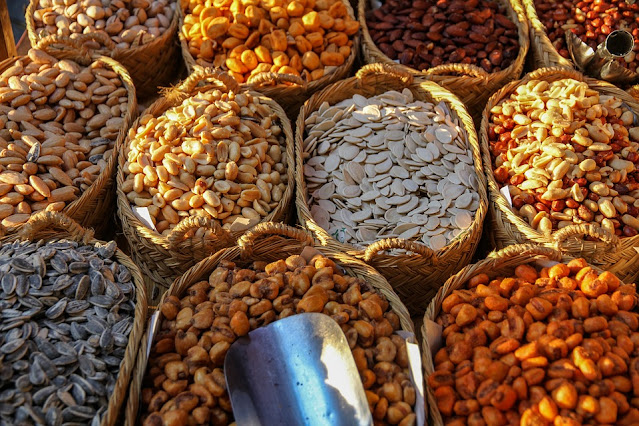Cooking with Microgreens
Often used as garnishes on dishes in fine dine restaurants, microgreens have become a huge trend everywhere! Till recent times microgreens were basically known as tiny vegetable greens that added visual appeal and enhanced flavors in many dishes of your wonderful kitchen (have a look here for some examples). Apart from their use in adding delicate textures and distinctive flavors to dishes, more & more health experts are advocating the health benefits of these tiny super foods.
A variety of leafy greens such as kale, arugula, beet greens, radish greens, watercress and herbs such as cilantro, basil, parsley, chives an more can be cultivated as microgreens. The taste of microgreens depends on the original vegetable but is strong and concentrated.
Microgreens are:
Easy to grow: A variety of microgreens can be easily cultivated at home with little care using planters or shallow trays. Encourage kids to join the the process- an easy & healthy D-I-Y project.
Power-packed with vitamins: A study shows that red cabbage microgreens have 40 times more vitamin E and six times more vitamin C than mature red cabbage.
Cooking with microgreens is fun: Just add freshly harvested microgreens to your daily food like soups, salads, omelettes to start getting used to their flavors.
Gradually start experimenting with them to make entrees & fillings for sandwiches.
But remember to consume fresh microgreens for maximum benefits.
A variety of leafy greens such as kale, arugula, beet greens, radish greens, watercress and herbs such as cilantro, basil, parsley, chives an more can be cultivated as microgreens. The taste of microgreens depends on the original vegetable but is strong and concentrated.
 |
| “Creative Commons Microgreens” by Plant Chicago is licensed under CC BY 2.0 |
Microgreens are:
Easy to grow: A variety of microgreens can be easily cultivated at home with little care using planters or shallow trays. Encourage kids to join the the process- an easy & healthy D-I-Y project.
Power-packed with vitamins: A study shows that red cabbage microgreens have 40 times more vitamin E and six times more vitamin C than mature red cabbage.
Cooking with microgreens is fun: Just add freshly harvested microgreens to your daily food like soups, salads, omelettes to start getting used to their flavors.
 |
| “Creative Commons Spaghetti Squash” by WFIU Public Radio is licensed under CC BY 2.0 |
Gradually start experimenting with them to make entrees & fillings for sandwiches.
But remember to consume fresh microgreens for maximum benefits.









Thankyou soo much for your wonderfull blogs.
ReplyDeletethanks for sharing
ReplyDelete